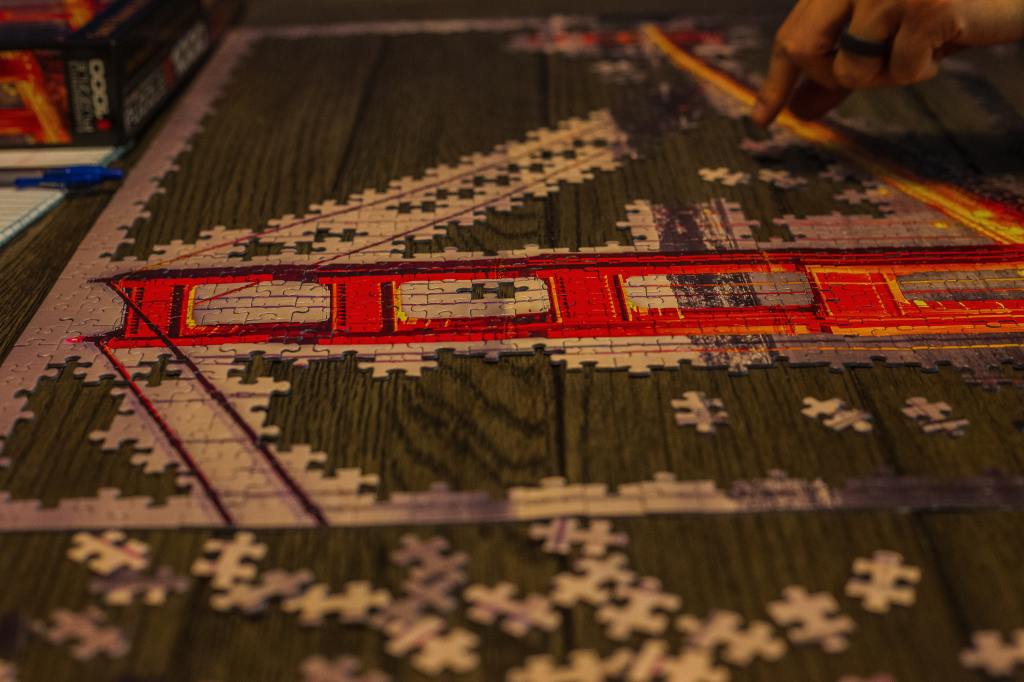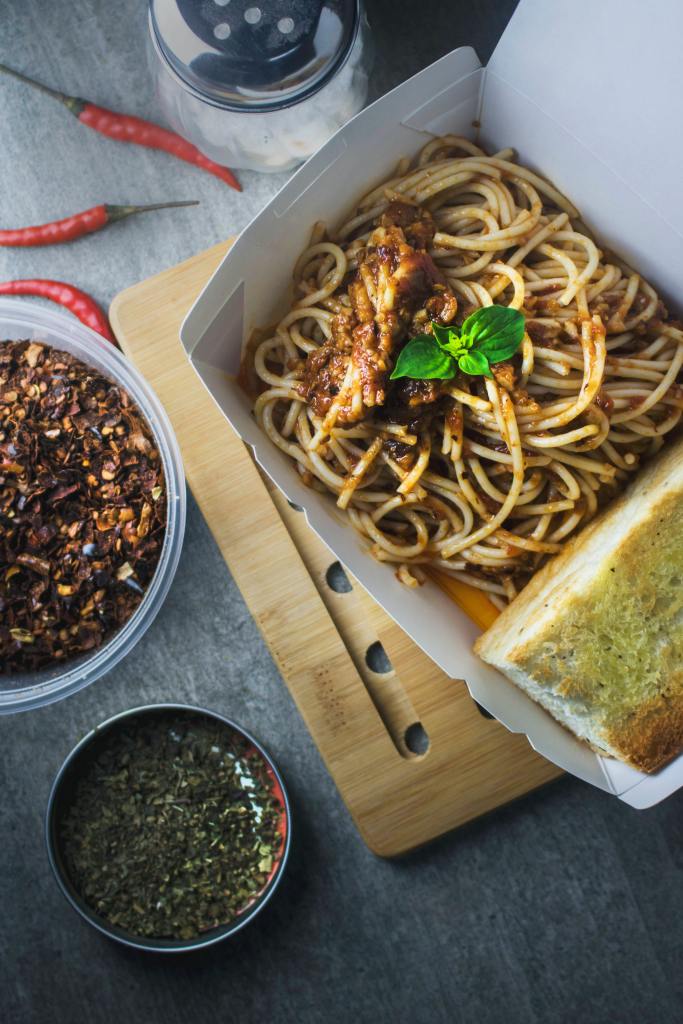I’m excited to share a post with you today written by Corey and shared from Asbestos.com. She approached me with the idea to collaborate and share with you what you actually need with you at an infusion. (Truth is, I had zero idea when I showed up to Penn and learned over time what was helpful – and what was not.)
I’ll be sharing my tips and perspective throughout, and I hope this helps you or a patient in your life!
Christina
What to Pack in Your Chemotherapy Bag
For cancer patients undergoing chemotherapy, hospital visits become routine. Whether spending hours in a chemo suite, waiting for your prescriptions to be filled or running lab and blood tests, spending so much time at doctors’ appointments can start to make you feel restless. Chemotherapy can become exhausting—physically and emotionally.
To make it easier to pass the time and to avoid the restlessness (and sometimes boredom) spent waiting in your doctor’s office, coming prepared with a chemotherapy bag can do just the trick. Bringing along a bag full of activities and other necessities to keep you positive and comfortable can make chemo a bit easier.
Below, we’ll list some essentials you can bring to your appointments to help pass the time.
1. A jacket
Oncology units can tend to get cold and if you’ve gone through chemo, you know your body temperature is more sensitive to colder temperatures. Make sure to pack a comfortable and warm jacket to help keep the chill at bay.
Christina’s tip: there are some great products out there in the event you need port access. You can stay cozy and warm without needing to figure out how the nurse will apply that lidocaine and get you hooked up.
2. A warm blanket
Aside from a jacket, a warm blanket is always a good idea. While some cancer suites may offer you a warmed-up blanket, it’s always good to bring your own in case they don’t. Heated or weighted blankets are great options to bring to help keep you warm during your treatment.
Christina’s tip: I loved the heated blankets my nurses offered, but they weren’t always the softest. Go for something cozy like fleece or faux sherpa.
3. Snacks
You’ll likely get hungry during treatment, so it’s always best to have some snacks handy. Bringing snacks to munch on throughout the day can help you remain strong and energized. Opt for snacks that are light, high in fiber and filled with vitamins and antioxidants. If you tend to get nauseous pack some crackers for a light snack to help ease your sensitive stomach. Peppermint gum or ginger candies are also great to help curb nausea.
Christina’s tip: I also brought my own tea with me to each infusion (Earl Grey for the win!) It kept me warm and helped my dry crackers go down easily.
4. Reading Materials
If you get bored from looking at your phone too long, pack some reading material to bring to your appointments. Pack a new book or a few of your favorite magazines to mindlessly flip through. Chemo suites are usually quiet, making them a perfect place to get lost in a good read.
Christina’s tip: If you’re too tired to keep your eyes open, try an audiobook!
5. A journal
Journaling is a great way for cancer patients to work their way through their feelings and emotions. In fact, many studies show that journaling has a positive effect on patient’s mental health and resilience. Write notes about your treatment experience and journey thus far, or simply journal your way through life’s experiences. Getting your emotions out on paper can be healing and comforting.
Christina’s tip: Journaling can be a form of escape, too. I used to make lists and itineraries for trips to take when my treatment was over.
6. Lotion
Chemotherapy can often make your skin very dry. On top of that, constantly watching your hands and being in colder environments can make the skin feel drier. Keep a bottle of lotion handy so you can moisturize when you need it. Try sticking with an unscented option as some fragrances can tend to irritate already sensitive skin.
Christina’s tip: This is so important, especially since you’re likely washing or sanitizing your hands often and drying them out. Using lotion to keep your skin hydrated also means your skin is less likely to crack, making you less susceptible to germ or virus looking for a way in.
7. Coloring pages
Coloring is a creative way to pass the time, improve mindfulness and help you focus on something positive. Grab a coloring book full of different pages or download the printable chemo bag HOPE coloring page from Asbestos below.
Christina’s tip: My nurses had decorated stations at the suite – this would make a lovely thank you to them or caregiver after an infusion!
8. Headphones
Music is always a great mood booster and is great for reducing stress. Whether you’re listening to your favorite upbeat tunes or want to relax to some soothing sounds or a guided meditation, make sure you’re including a pair of headphones in your chemo bag.
Christina’s tip: Bonus points for noise-cancelling headphones that keep the beeping of infusion machines to a dull roar!
9. Cellphone charger
Whether you’re listening to music on your phone, communicating with your loved ones during treatment or surfing through social media, having your phone die is the last thing you want to happen. Make sure you always have a backup phone charger packed and ready to go so you’re never left without your device.
Christina’s tip: I once had to evacuate the infusion suite due to a suspected gas leak – you never know when a brief trip could turn into a longer one. Bring that charger, not only for your cell phone but all your devices.
10. Mind games
Mind games like sudoku or crossword puzzles are a great way to stay busy during treatment while also keeping your brain sharp. Many cancer patients experience brain fog while receiving treatment, often known as chemo brain, but these activities can help clear that fog up a bit. Purchase your own book of puzzles or download the printable word scramble below.
Christina’s tip: Chemo brain is the worst! I loved working on puzzles at home during chemo to keep my spatial arrangement sharp, and a friend shared with me that there are free, fun puzzle apps to enjoy on your phone or tablet.
Making it a habit to pack a bag to take to your therapy appointments is just a simple way you can make the experience better. Packing all of your favorite snacks, books, games, blankets and other necessities can help make your chemo sessions more positive and comfortable.
Christina Says: Chemo stinks. Pack your favorite things and aim to make it 1% easier.

















